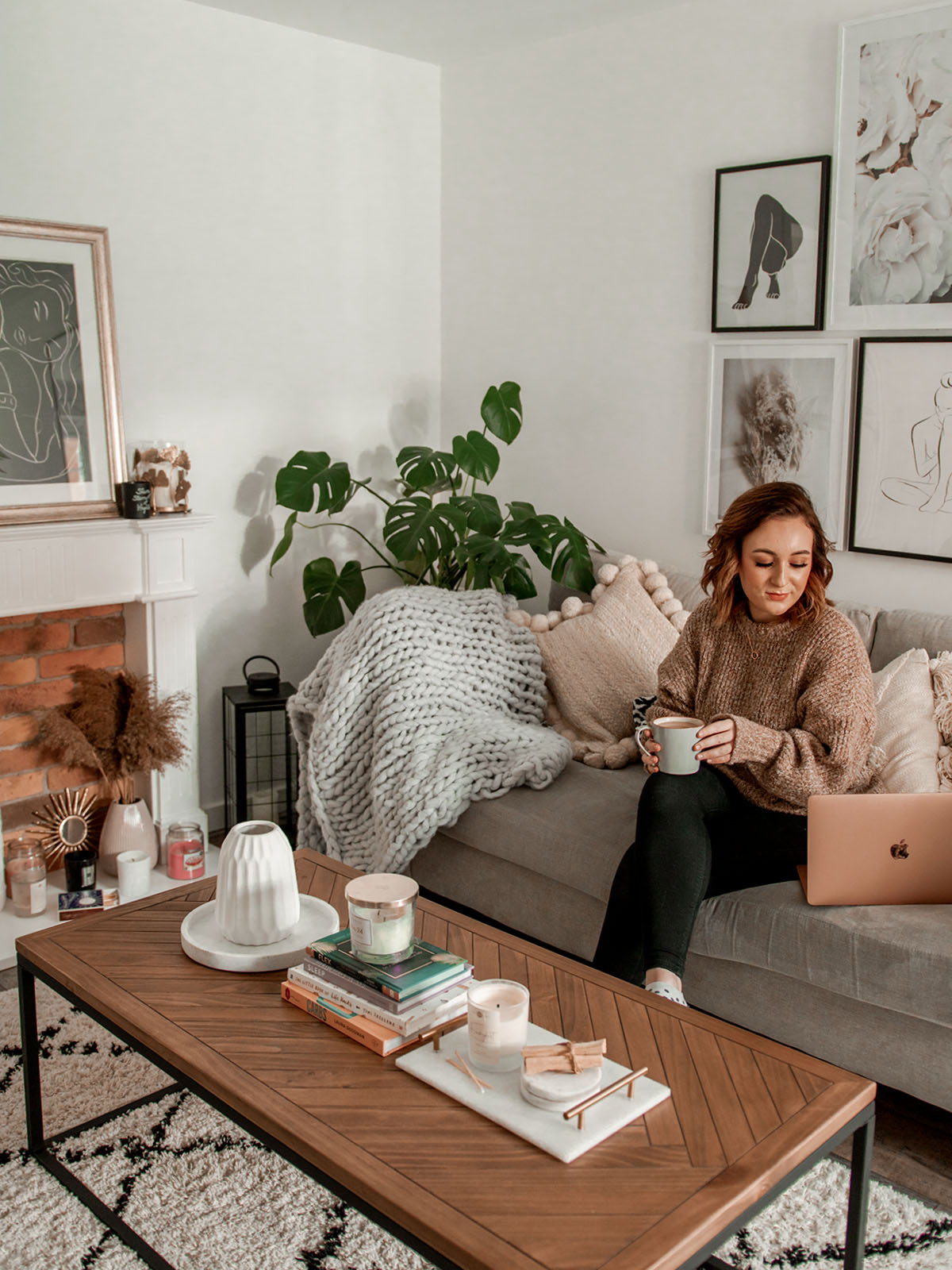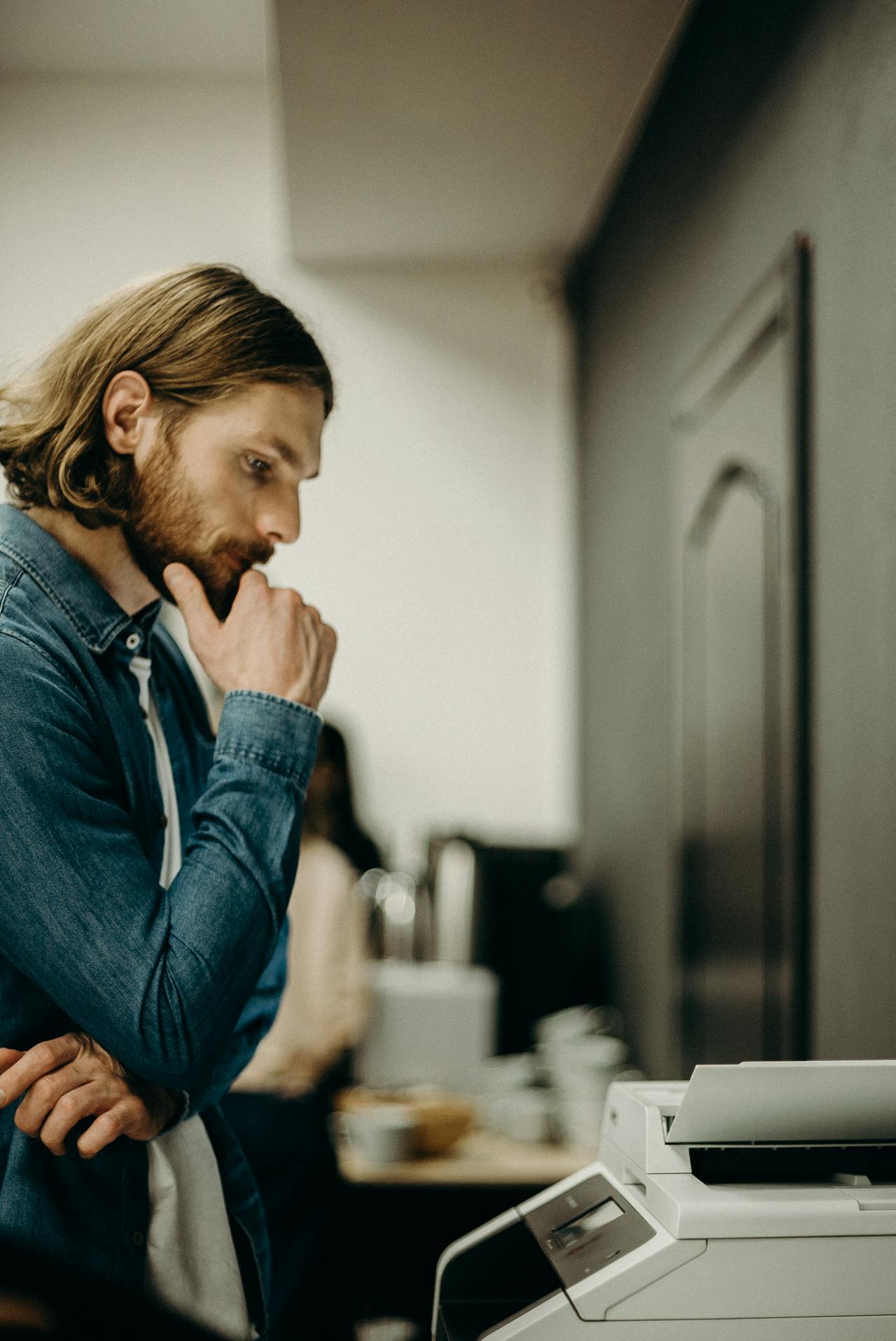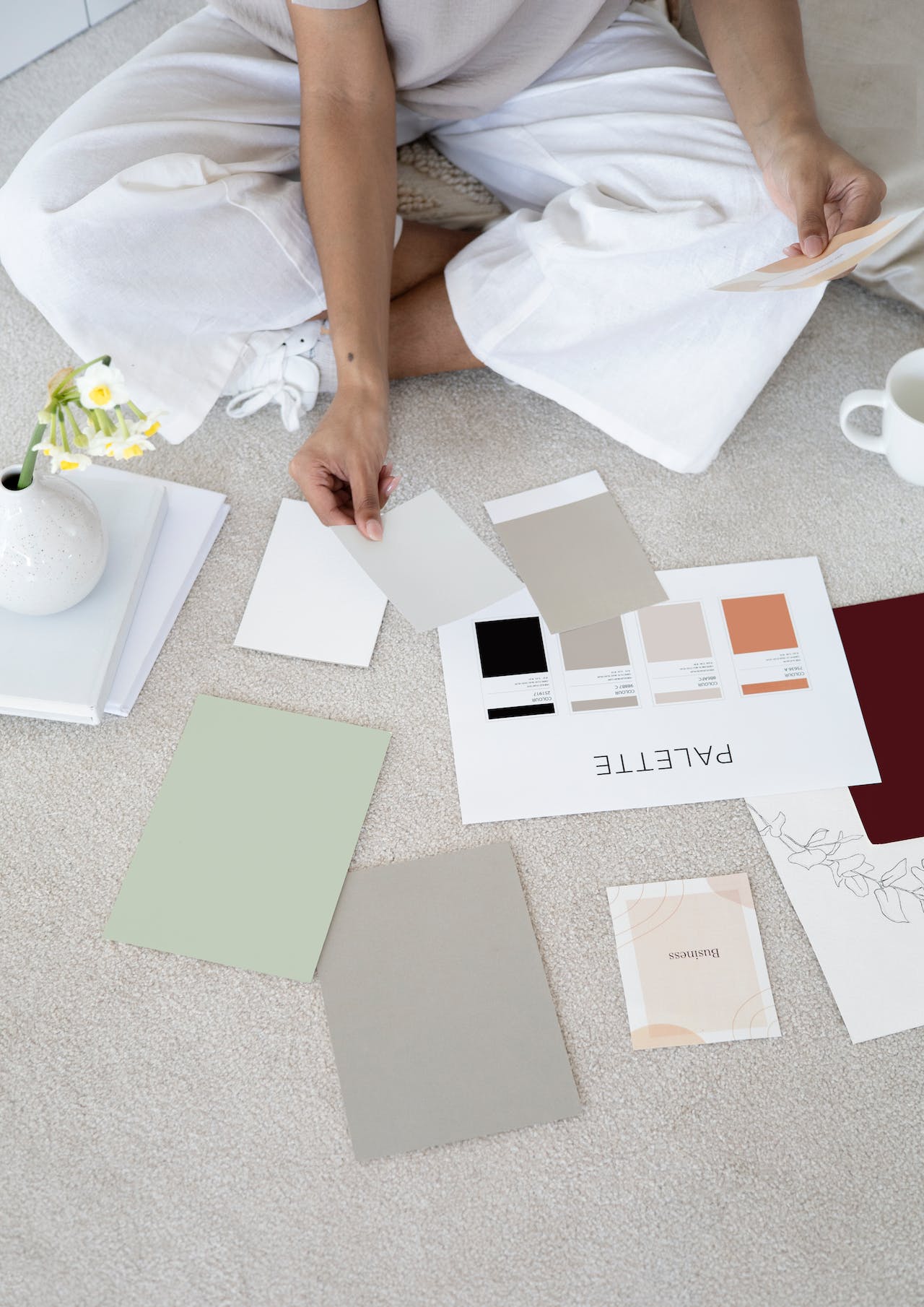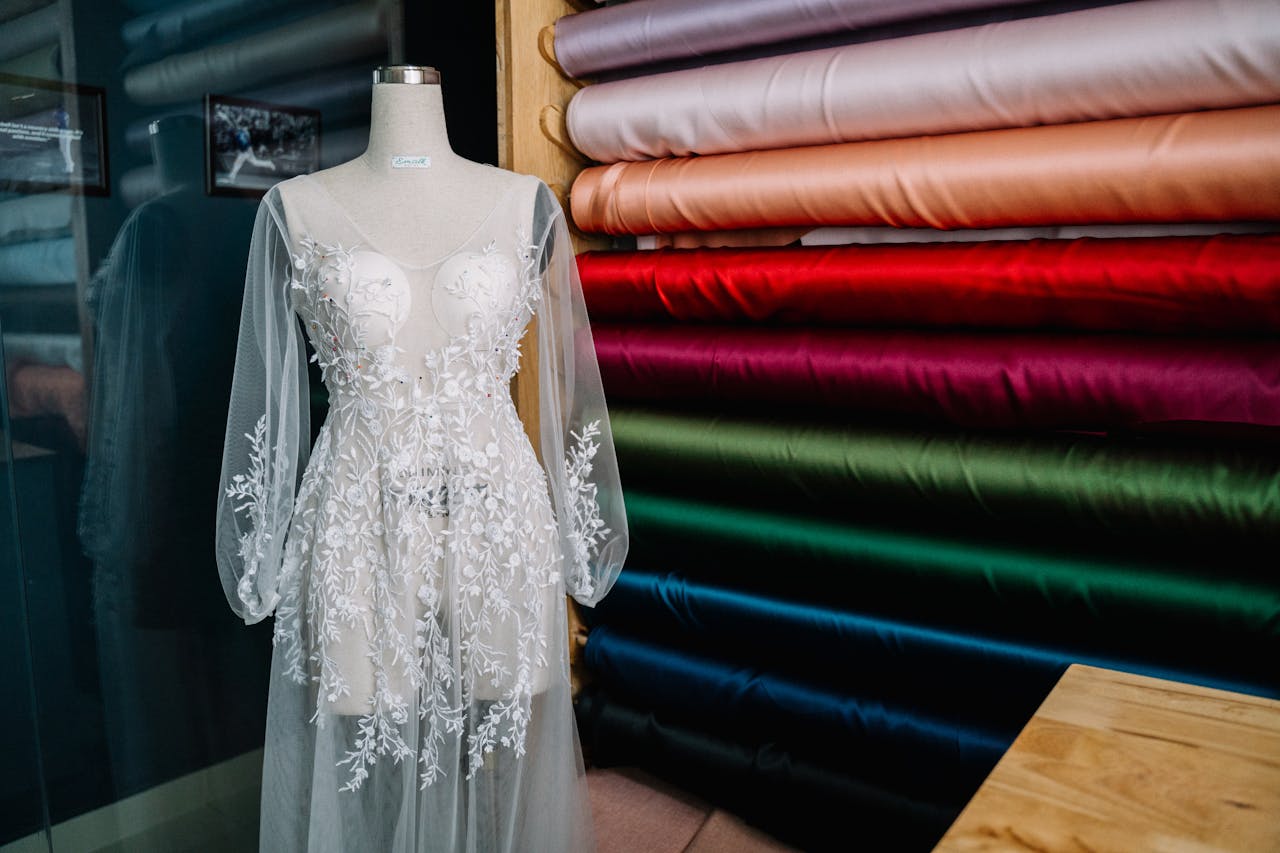
A fabric you like, at only a click away, delivered to the comfort of your own home within several days sounds as thrilling as it’s convenient. The endless options you can browse any time of day (yes, even during those midnight sewing marathons) can spark fresh ideas or help you finally find that perfect print you’ve been imagining. Run out of fabric halfway through a project? No worries, you can order more while sketching your next piece.
While it certainly sounds like rainbows and unicorns, it’s not. You know that if you have at least once unwrapped a parcel only to discover that the fabric is nothing like what you pictured: wrong weight, wrong texture, just…wrong.
Unfortunately, these things happen, which is why you must learn online fabric shopping basics. That’s exactly what this guide can help you with. Coming from someone who’s made oh-so-many online shopping mistakes but learned how to get it right (the hard way), here’s what you need to know to order fabric online confidently while avoiding common pitfalls.
Start with a Trusted Supplier
Let’s start with the most important tip: where you shop matters. An online fabric store is only as good as the information it provides. When you’re unable to see or touch the fabric in person, the product descriptions, images and customer feedback become your best friends.
I’ve learned to stick with fabric stores that give me everything I need to make an informed choice, such as detailed specs, including fibre content, weight, and stretch percentage, and care instructions. Clear photos are just as important, especially when they show texture and scale, or how the fabric drapes on a mannequin or surface. If I can’t imagine how it moves or feels, I usually move on.
Reviews are another underrated gem. I’ve often found fabric reviews more honest and informative than expected: sewers mentioning how it washed, how it sewed up, or even warning about unexpected sheerness. And if a shop offers swatches, even better. That’s saved me from more than one “oops” order.
Know Your Fabric Types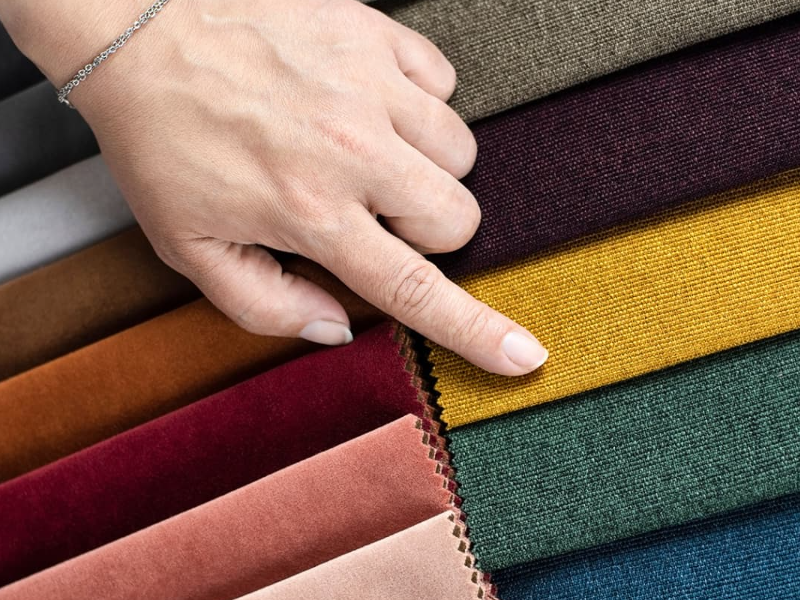
I can’t stress this one enough: understanding your fabrics is key to ordering successfully. Years ago, I bought a gorgeous print thinking it would make the perfect pair of culottes, only to realise it was a rayon that flowed like water and had zero structure. Lesson learned.
Let’s take a moment to review the basics. Woven fabrics like cotton poplin, denim, and linen tend to have little to no stretch, making them perfect for more structured garments. On the other hand, knits such as jersey or rib have built-in stretch and a lovely drape, making them ideal for softer, close-fitting pieces.
Fabric weight also plays a big role in how a garment turns out. Measured in grams per square metre (GSM), it gives you a good idea of how heavy or light the fabric will feel. Lightweight fabrics work well for floaty blouses and scarves, while medium to heavyweight options are better suited for things like trousers, jackets, or tailored dresses.
Don’t forget to look at the fibre content. Natural fibres like cotton, wool, and silk are breathable and feel beautiful on the skin, but they can be prone to shrinking or creasing. Synthetics such as polyester and nylon tend to be more durable and wrinkle-resistant, especially when blended with other fibres. The more you familiarise yourself with these qualities, the easier it becomes to decode fabric listings and choose with confidence.
Read the Details (Don’t Skip the Fine Print!)
I’ve been guilty of getting swept away by a beautiful print, only to skip straight to checkout. And trust me, it’s not worth it. Always take time to read every detail in the description. That’s where you’ll find vital info like fabric width, recommended uses, stretch, and care instructions.
Look out for sneaky surprises, like directional prints that could affect your cutting layout, or fabrics sold by half-metres instead of full metres. It also pays to know how fabric is cut; some stores offer continuous lengths by default, while others may not. If anything’s unclear, a quick message to the shop can save a lot of stress later.
Order Swatches When You Can
This one is my secret weapon. If I’m sewing something that really matters, like a dress for an event or a garment that needs a perfect drape, I always order a swatch first. It might feel like a delay, but it saves time in the long run.
A swatch lets you check colour accuracy (screens can sometimes be misleading), texture, thickness, and how it moves. I’ve even tested how fabrics handle a quick hand wash before committing to a full order. Swatches give you that tactile experience we all miss when buying fabric online, and they’ve saved many a project from going sideways.
Measure Twice, Click Once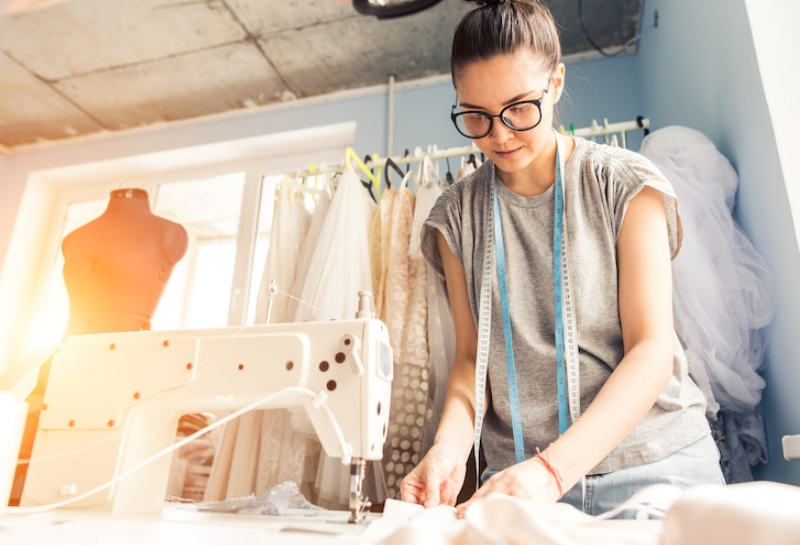
You know that age-old carpenter’s motto? It applies to fabric shopping, too. Before you order fabric online, double-check your project’s requirements. Patterns often suggest yardage based on specific fabric widths, so don’t assume your chosen fabric will match.
I also like to give myself a little buffer—just in case I need to recut a piece or change the design slightly. There’s nothing worse than running short and realising the fabric is out of stock. If it’s a new pattern, I might even mock it up in calico or similar to estimate yardage better.
Trust the Reviews and Photos
When you can’t touch the fabric, your eyes and the experiences of others become essential tools. I’ve learned to read between the lines in customer reviews; someone describing a fabric as “perfect for floaty skirts” or “not suitable for tight-fitting garments” gives me way more insight than specs alone.
As for photos, pay attention to close-ups that show weave or texture, and any shots that show the fabric in motion. I’m especially wary of images that only show a flat square with no scale; it’s hard to know whether those polka dots are the size of 5p coins or dinner plates.
Join the (Sewing) Circle
Finally, connecting with others who share your passion can be very helpful. Online forums, Facebook groups, or your local sewing club all provide a wealth of real-world advice.
Being part of the sewing community has helped me many times over the years, regarding fabric suggestions, clever pattern tweaks, and even the odd discount code. These connections are gold, be it through online groups, local meetups, or casual chats with fellow makers. If someone’s already ordered from a shop you’re eyeing, you can ask how true-to-colour the fabrics were, how the shipping went, or whether the quality matched the photos. It’s like getting a sneak peek behind the digital curtain, and all that before you’ve even clicked “add to basket.”
Got a Pattern in Mind? Let’s Match It with the Right Fabric
You shouldn’t feel like gambling every time you buy fabrics online. Once you know what to look out for, thorough descriptions, accurate images, swatches when possible, and honest reviews, you can approach each purchase with confidence and creativity. Whether you’re building a capsule wardrobe, breathing new life into vintage pieces, or diving into your very first handmade project, the right fabric should support your vision, not complicate it.
So go on, find a place that truly understands what makers need. Your next masterpiece is only a few clicks away. And if things don’t go perfectly the first time? Take it in stride, pop the kettle on, and chalk it up to experience. That’s part of the joy in making, with every misstep brings you one stitch closer to something even better.


